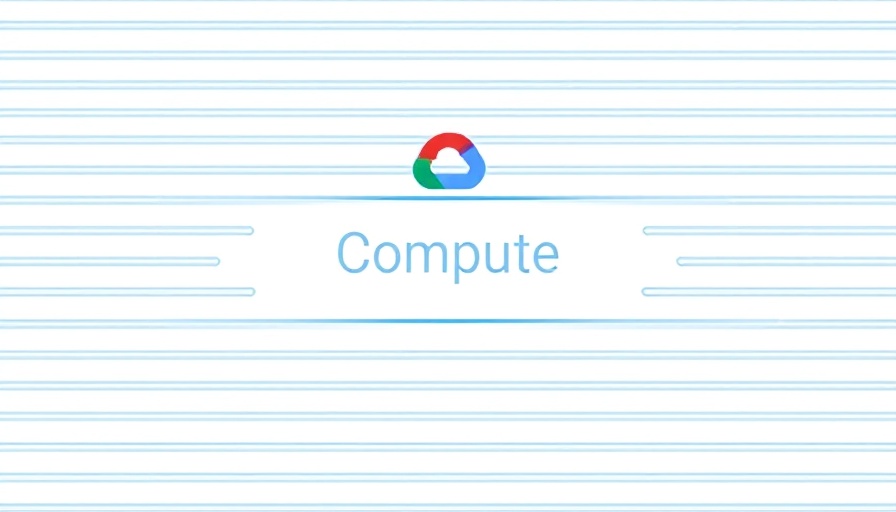
Unpacking the Latest Innovations in AI Hypercomputing
The dawn of 2025 brings exciting updates to the realm of artificial intelligence, particularly with Google's announcement of its AI Hypercomputer—a keystone system designed to enhance performance for AI workloads across various applications. Unveiling notable advancements such as the A3 Ultra VMs powered by NVIDIA H200 GPUs, Google empowers developers and businesses with the tools necessary to tackle demanding AI tasks more efficiently.
What is AI Hypercomputer?
AI Hypercomputer represents a holistic approach to artificial intelligence infrastructure, integrating state-of-the-art components tailored for high-performance computing (HPC) and machine learning workloads. Building upon years of user experience and technological refinement, Google Cloud introduces an adaptable framework that allows enterprises to customize solutions according to their specific needs. The flexibility of choosing a range of performance-optimized hardware, open-source software, and various deployment models signifies a transformative leap in how AI projects can be managed.
The Standout Features of A3 Ultra
Among the flagship offerings, the A3 Ultra VMs stand out with their enhanced GPU capabilities. They boast double the GPU-to-GPU network bandwidth compared to their predecessors, the A3 Mega VMs with H100 GPUs. With integrated high-bandwidth memory and advanced network adapters, A3 Ultra promises significantly improved performance for organizations engaged in large-scale AI training. This coupled with the system's ability to manage up to 65,000 nodes makes it suitable for today's expansive data workloads.
Hypercompute Cluster: A Game Changer for Scaling
For organizations looking to scale their AI operations, the Hypercompute Cluster offers a unified platform to deploy numerous accelerators seamlessly. By consolidating resources and providing ultra-low-latency connections among them, users can expect optimized performance with less downtime. The advancements include advanced maintenance controls and diagnostic tools that streamline operations, ultimately reducing barriers to entry for less experienced teams.
Why It Matters: Future Trends in AI Infrastructure
As AI continues to proliferate across different sectors—from healthcare to finance—the efficiency of processing power remains critical. The enhancements provided by the AI Hypercomputer not only allow companies to develop and deploy AI models faster but also enable them to refine their algorithms based on real-time data insights. This shift towards flexible, scalable infrastructure resonates with the broader movement in tech towards decentralization and increased access for smaller players in the market!
Conclusion: The Road Ahead in AI and Computing
As AI systems grow more capable, the role of robust infrastructure like Google’s AI Hypercomputer becomes essential. By allowing users to effectively utilize developments in GPU technology and scaling solutions, Google is setting the stage for innovations that promise to redefine how we interact with artificial intelligence in the marketplace. The future of AI still awaits, and with these tools, businesses can harness its full potential.
 Add Row
Add Row  Add
Add 




Write A Comment